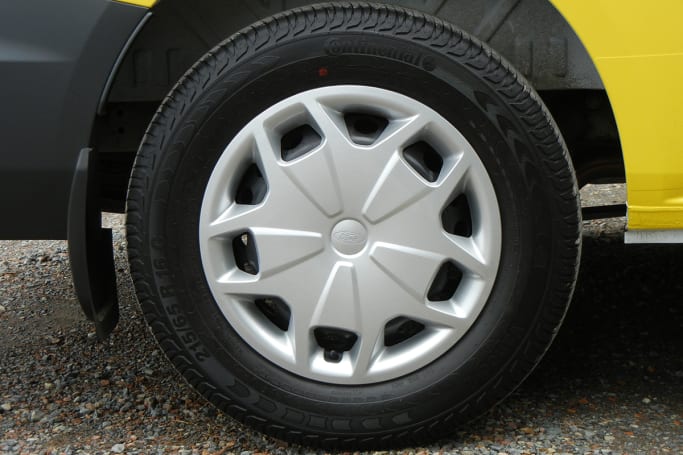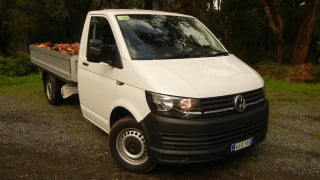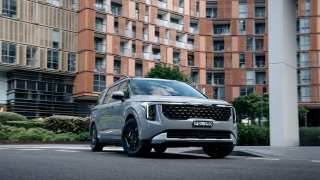There's little to distinguish the latest 2017-25MY Transit Custom from its predecessor, with the only visual differences being full wheel covers in place of hub caps, different badging, and a subtle chrome grille strip.
Its 2933mm wheelbase, MacPherson strut front and leaf-spring beam axle rear suspension are well designed for load carrying, with hollow-core rubber cones mounted above the rear springs that engage with the chassis rails to provide additional support under heavy payloads. Kerb weight (1905kg) has increased by 37kg over the previous model.

Power-assisted rack-and-pinion steering makes light work of using the excellent 10.9 metre turning circle, and four-wheel discs provide strong and predictable braking with or without a load.
The user-friendly cabin offers heated seating for three. Driver comforts include a height/reach-adjustable steering wheel, four-way adjustable seat including lumbar support and base cushion rake, swing-down inboard armrest and left footrest.
The steel bulkhead, which seals off cargo bay noise from the cabin and doubles as a robust cargo barrier, reduces driver fatigue and increases safety. We reckon all commercial vans sold in Australia should be fitted with these bulkheads.

















